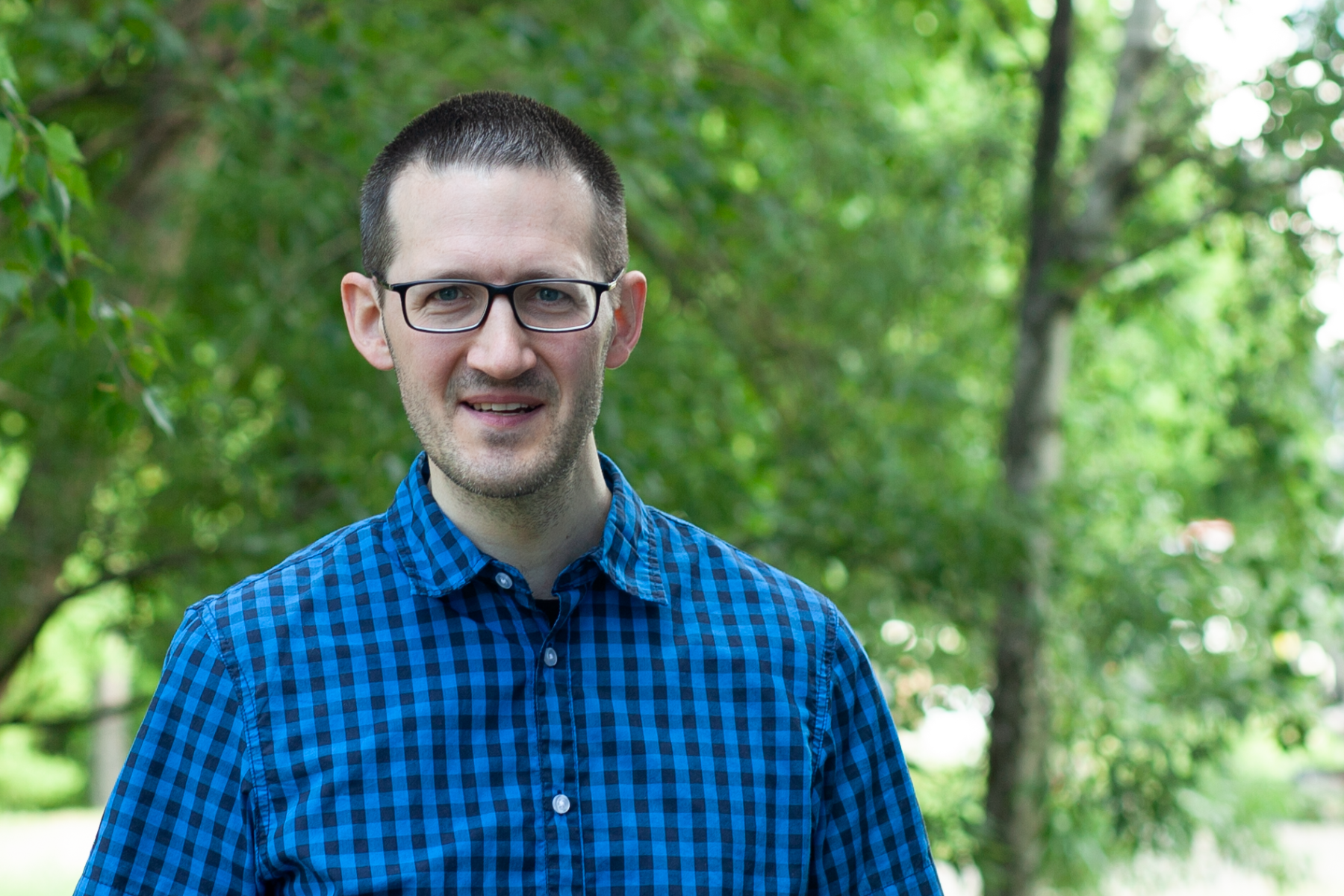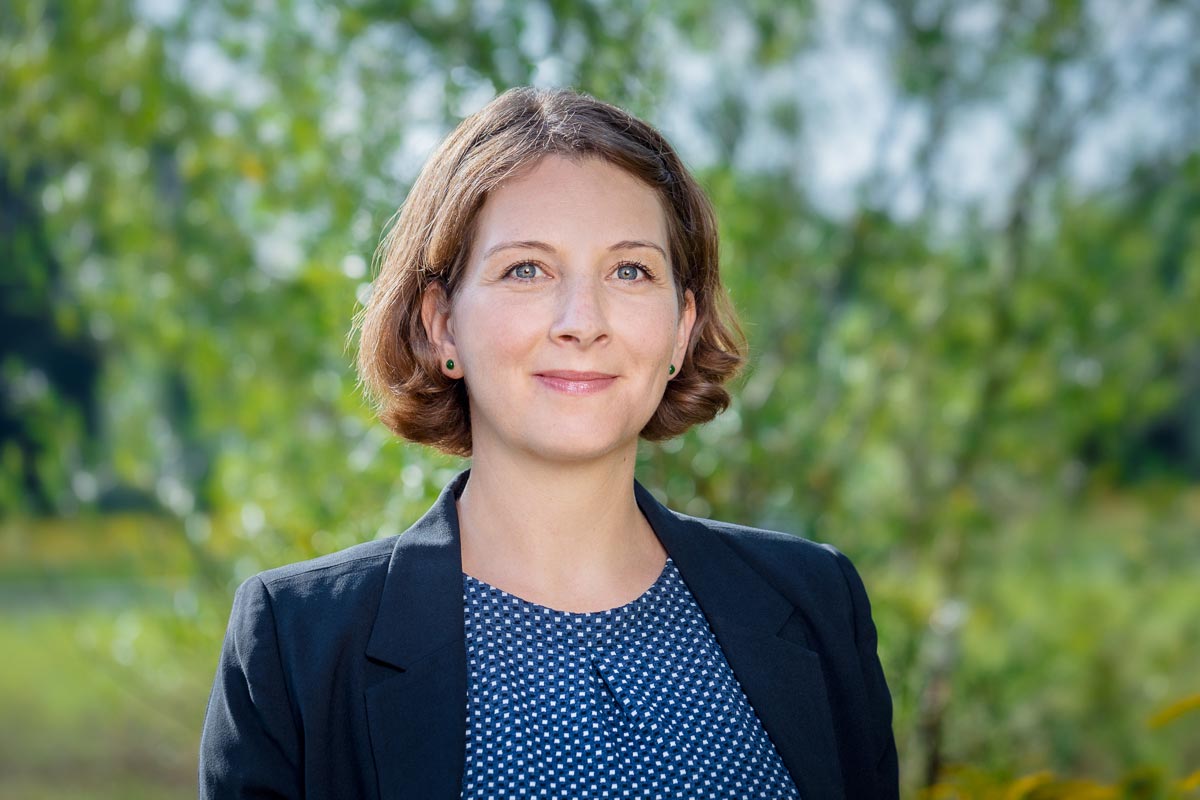
3 questions to Molzym: “Our goal is to minimise the time needed for DNA analysis in sepsis diagnostics from 24 down to four hours”
Molecular diagnostics are dedicated to analysing genetic material. Just as DNA is highly complex in itself and must be isolated from other molecules, the methods and procedures in this field are highly complicated. Bremen-based company Molzym offers molecular diagnostics solutions for a wide range of pathogens that cause infectious diseases. At Potsdam Science Park, the company is conducting research to considerably speed up molecular diagnostics in the area of sepsis, also known as blood poisoning, to allow for improved targeted treatment.
Dr Lutzenberger, molecular diagnostics are most known for its application in cancer treatment. What is Molzym’s area of work in this specialised field?
Molzym offers innovative products for isolating and identifying the DNA of an organism, or, more specifically, a pathogen that is, of a pathogen. In this context, we develop new methods that enable and facilitate molecular diagnostics of infectious diseases caused by bacteria and fungi. Sepsis is a good example for explaining the importance of the work we, as Molzym, are focussing on at Potsdam Science Park. Every year, an estimated eleven million people die of this life-threatening condition around the world. It is considered the most common cause of death linked to infectious diseases. For infected individuals, chances of survival decrease by the hour, and this is why quick and especially effective medication is crucial. Sepsis can be caused by bacteria, viruses, fungi or parasites. The causes of the condition and the pathogens vary greatly. Our molecular solutions and products allow for significantly better diagnostics. Contract laboratories and hospitals are provided with equipment and tools developed by us, which enable them to specifically isolate the DNA of a pathogen in a sample. The first step is to remove human DNA. This puts laboratories in a position to detect pathogen DNA far more sensitively, and to identify the pathogen more swiftly. It is no longer necessary to enrich the pathogens using growth media, as has been common practice so far. This allows doctors to determine individual treatments for their patients sooner and to fight the pathogens at an earlier stage. This is very important, since there are many different types of antibiotics and not all of them are equally effective for all types of pathogens.
Molzym was established in 2003 and is headquartered in Bremen. Why did the company decide to open another branch at Potsdam Science Park in 2020?
Potsdam Science Park is a very attractive location for a biotechnology company. Scientific dynamic is very strong here in this field, and we are close to the metropolitan region and to other biotechnology hubs in and around Berlin. Thus, we hope to benefit from the resulting exchange and outreach. Another key reason was that we are working on a joint project with the Branch of Bioanalytics and Bioprocesses IZI-BB of the Fraunhofer Institute for Cell Therapy and Immunology. The project is titled AutoSepT and it may speed up analytics in sepsis diagnostics in unprecedented ways. Our goal is to minimise the time needed for DNA analysis in sepsis diagnostics from 24 down to around four hours. The time that is saved this way can save many lives and increase the survival chances of patients significantly. This joint project enables us to draw on the expertise of the Fraunhofer IZI-BB, which has been doing research and development in the field of bioanalytical and diagnostic solutions for applications across various fields of medicine, environmental analytics and food control since 1998.
What is your personal motivation for your research and work at Molzym?
I studied biotechnology and worked in basic research for a long time. However, I had long had the wish to transfer my research work into practice. Sepsis is an issue that I am personally touched by. It is an omnipresent condition that kills millions of people. I would like to make a professional contribution in this field, and to develop technology solutions that allow for more effective treatment of life-threatening conditions. This is why I was very excited about the opportunity to establish the Molzym branch at Potsdam Science Park as the laboratory manager. The device we are currently working on allows to minimise the time needed for identifying pathogens and for better chances of recovery. I think that’s amazing. It inspires me to see that I can help other people and might even save human lives with my research work and my team.
Thank you very much for talking to us, Dr Lutzenberger.
This blog and the projects of Standortmanagement Golm GmbH in Potsdam Science Park are funded by the European Regional Development Fund (ERDF) and the State of Brandenburg. Image credit: Manuel Lutzenberger ©Standortmanagemet Golm GmbH/Julia Hinz
Contact

Julia Hinz
Site marketing
julia.hinz@potsdam-sciencepark.de + 49 331 237 351 109